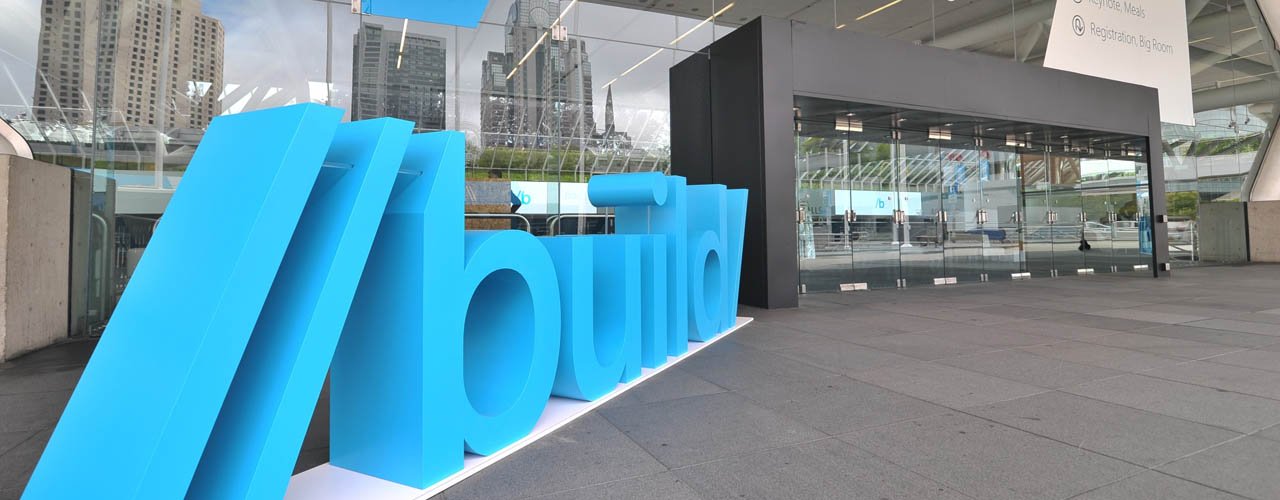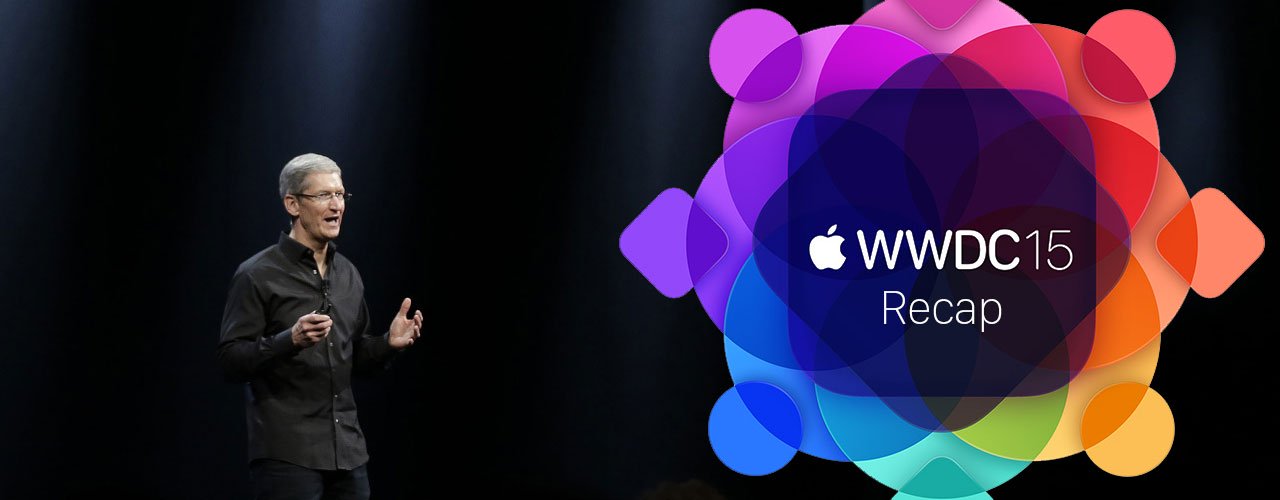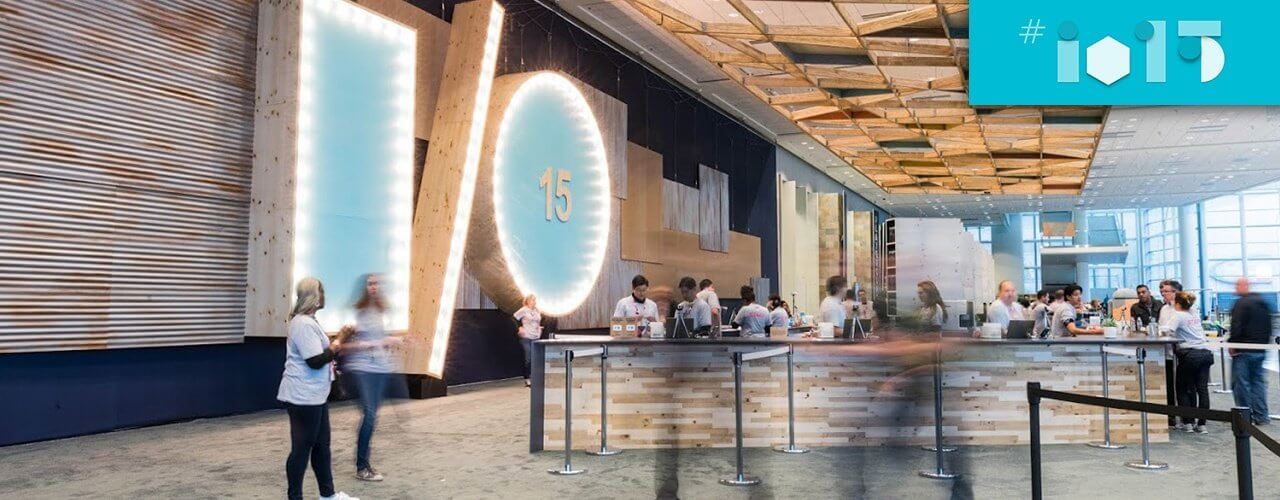Another developer conference = more things for us lay-people to try to understand! During the 2015 developer conference last week, Microsoft revealed a few of their new strategies for making Windows 10 accessible to more users, as well as the new face of Internet Explorer (hint: it also starts with an “e”), a new productivity tablet, and more about HoloLens.
1. Developers will be able to easily convert iOS & Android apps to Windows 10.
With more weight on mobile device usage and cloud services than ever before, having more apps readily available to Windows 10 users will make it infinitely more desirable. With the platform slated to be released this summer, Microsoft is focusing on bringing as many developers on board as possible. At the Build conference, the company announced the release of tools that will help developers more easily convert existing iOS and Android apps into Windows 10 apps, an important move toward boosting user numbers.
2. Turn your phone into a personal computer with Continuum.
Another feature of Windows 10 will be the ability to use your phone as much more than just a phone. If you plug your Windows phone into a display, you can use all apps as if they are sized for the screen and intended to be displayed on a desktop. According to TechCrunch, this differs from Apple’s “Continuity,” which allows all devices to be connected so that work is seamless — Continuum technology actually adapts the interface of the phone to fit to the hardware.
3. Microsoft Edge — Internet Explorer’s Makeover.
Internet Explorer, formerly the most-used browser, has long since been surpassed by Chrome and Firefox — first because it didn’t have as many great features, and then because I.E. kept running into compatibility issues. They tried a cool new ad campaign, but now, they’ve completely ditched the old browser and will soon be replacing it with Microsoft Edge. The browser will have a minimalist aesthetic and include new features like digital annotation.
4. Surface Hub, an 84-inch productivity tablet.
A few months back, Microsoft introduced Surface Hub, a new, 84-inch tablet that can be wall-mounted and used as an interactive display similar to a SmartBoard. However, with the ability to host remote meetings, full PC capabilities, and many more tool options, Surface Hub will go above and beyond SmartBoard status. Nobody knows how much it will cost yet, but this will probably be at a price point most comfortable for those in the business sector.
5. Azure Machine Learning — artificial intelligence that learns as it goes.
During the conference, Microsoft demonstrated a site called “How Old Do I Look?” The site is powered by Azure Machine Learning, a platform that will allow developers to process data more efficiently. With Azure Machine Learning, developers will be able to refresh old API models with new data (teaching old dogs new tricks, so to speak), and the well-integrated building platform will allow much more flexibility when building apps.
6. HoloLens — the life-sized projectable app screen.
One of the flashier things on the menu was more information about HoloLens, a concept that was introduced earlier in 2015. Basically, the device will be a wearable headset that turns any surface into an interactive, life-sized holographic projection. This generated a lot of a buzz, but according to Mario Aguilar of Gizmodo, has a long way to go in terms of development. Before we can decide if HoloLens will become desirable to a more mainstream audience or prove to be as inaccessible and elite as Google Glass, we still have at least six months to wait.

Logical Position, an Inc. 500 digital agency supporting 5,000+ clients across North America. LP is the proud recipient of Google’s Lead Generation Premier Partner of the Year and Microsoft's Global Channel Partner of the Year 2024! The award-winning agency offers full-service PPC management, SEO, Paid Social, Amazon and Creative Services for businesses large and small. As a Google Premier Partner, Microsoft Elite Partner & Meta Business Partner, LP is in the top 1% of ad spend managed across platforms.


